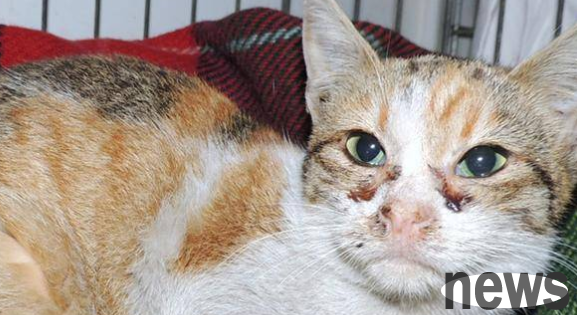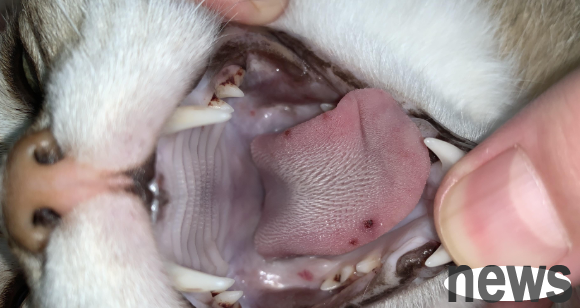The methods for preventing leukemia in cats should be taken seriously by shovelers! The cat is getting thinner, has long-term diarrhea, and is not energetic, and looks depressed. It makes parents very worried that cat leukemia is mainly characterize...
The methods for preventing leukemia in cats should be taken seriously by shovelers! The cat is getting thinner, has long-term diarrhea, and is not energetic, and looks depressed. It makes parents very worried that cat leukemia is mainly characterized by malignant lymphoma, myeloid leukemia, degenerative thymus atrophy and non-regenerative anemia, among which the most fatal to cats is malignant lymphoma. The most terrifying thing is that medical care has not yet made any breakthroughs in this regard. Once a cat suffers from leukemia, it can only die in pain.
Why do cats get leukemia: The route of infection and viruses are mainly oral infection. The saliva of the original cat contains high amounts of viruses, and the most common routes of infection are the bites and licking of hair, sharing of dietary trays, and exposure to the secretions and excrements of the original cat. Kittens may also be infected through the placenta or milk that carries the original female cat.
Why do cats get leukemia: Symptoms, infected cats may cause anemia, fever, difficulty breathing, reduced weight and appetite, gingivitis/stomatitis, drowsiness, and reduced immunity, resulting in death from multiple diseases, and some cats may even have tumor formation.

Cats have three conditions: pica, please note that even if cats have nine lives, it is not enough for cats to get leukemia: Diagnosis and diagnosis methods In addition to rapid screening of leukemia, they also use whole blood count (CBC) detection, which will also be found in cats to lose red blood cells (anemia), white blood cells and thrombocytopenia. The liver and kidney index may also increase. Antigen detection of feline leukemia virus (such as ELISA antigen detection), bone marrow sampling, tumor sampling, etc. can also be diagnosed.
Cat Leukemia Treatment: Once the cat is diagnosed, the infected cat should be completely isolated from the healthy cat, and the healthy cat should be given good nutrition, enhance immunity, and undergo regular physical health checks. There is currently no effective treatment method, and it can only be used to treat cats' symptoms. Cats with severe dehydration are given drops and antibiotics. If the cat doesn't eat it, it may have to feed it through the nasogastric tube or esophageal gastric tube.

Cat Leukemia Prevention: To reduce the risk of cat infection, try to minimize the cat's contact with other cats outside. If the cat slave is feeding stray cats, he must change out of contaminated clothes when he returns home, clean them up before hugging the cat at home. In addition, the virus cannot survive on dry surfaces outside the body for more than a few hours, and the virus can be killed with a general disinfectant.